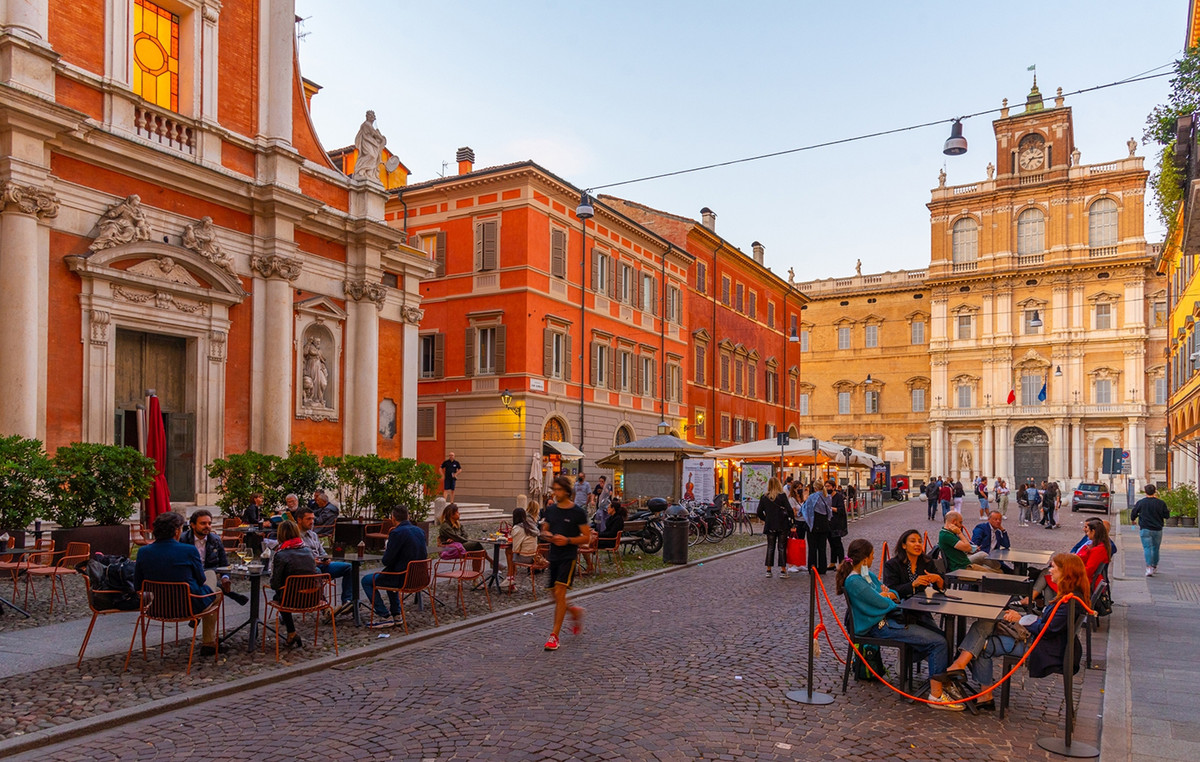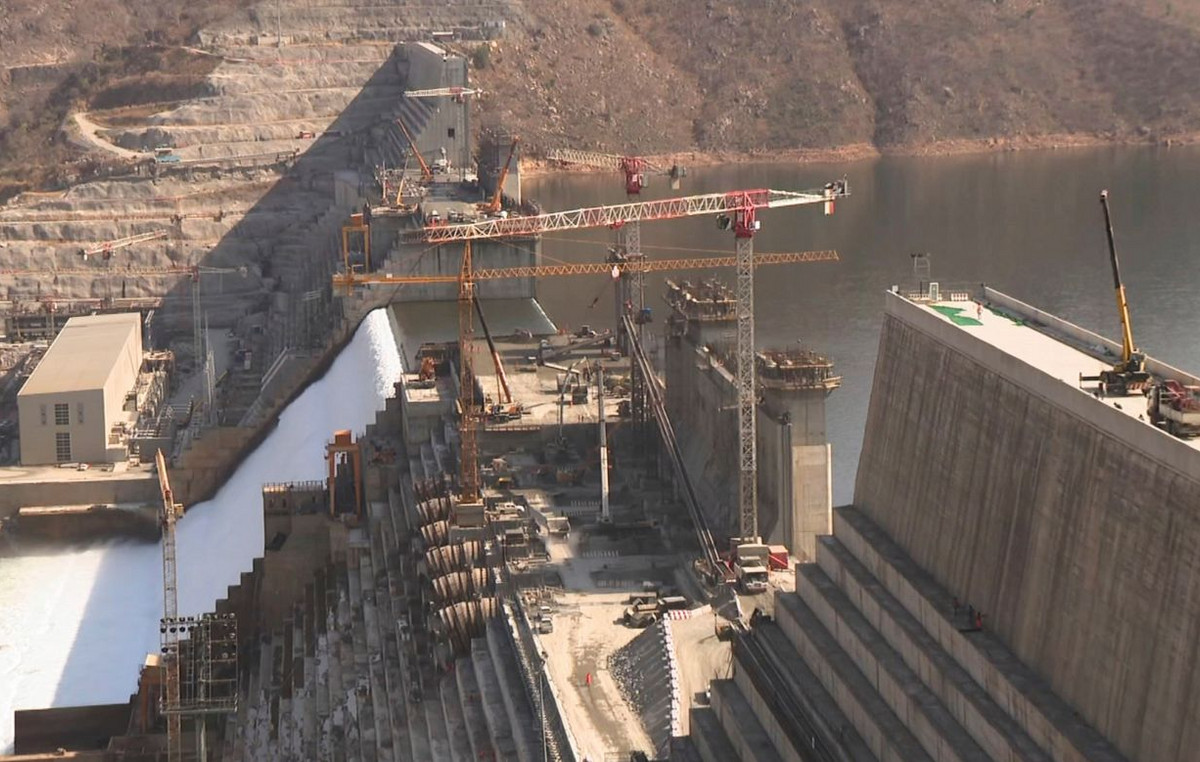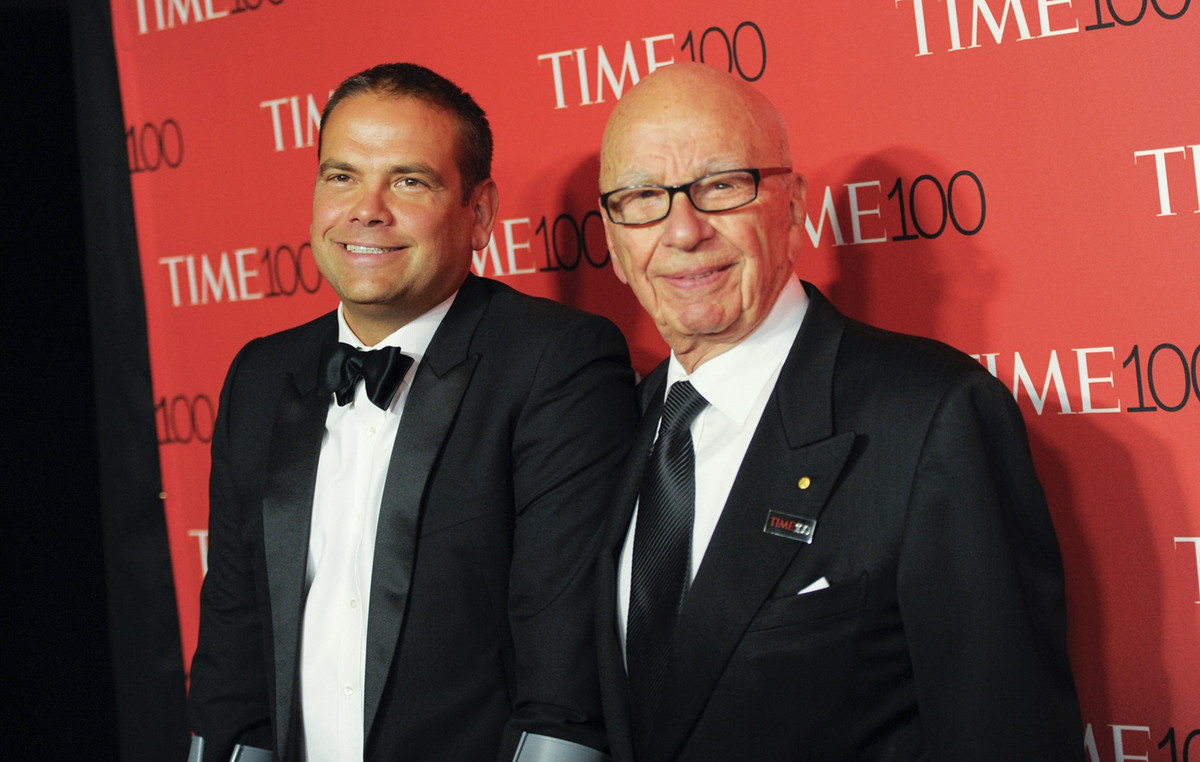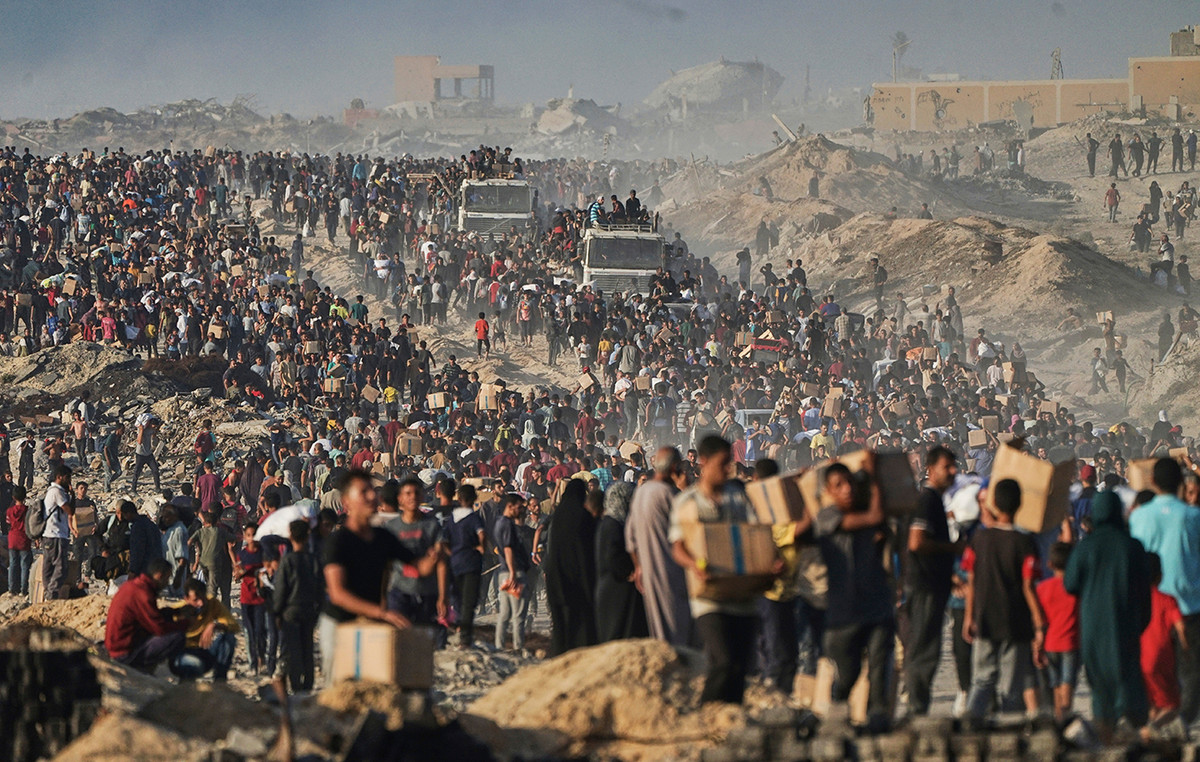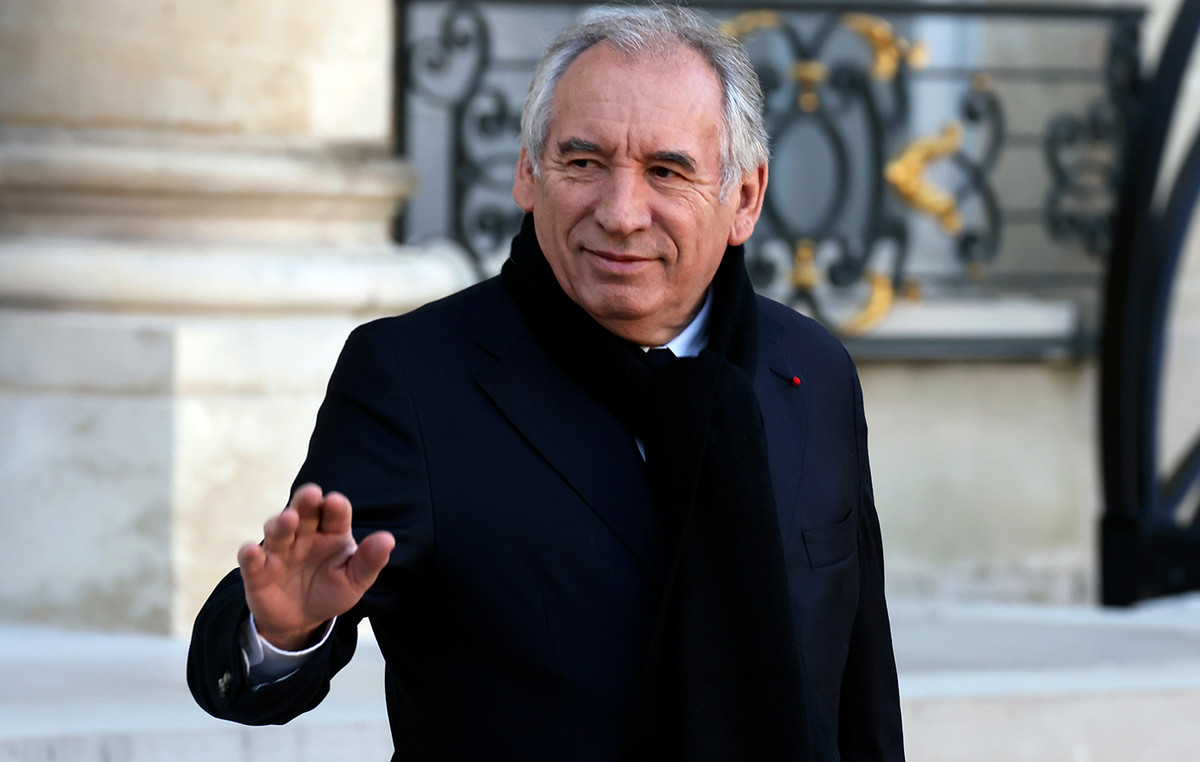Is called Sansfrom neuro-conscious syndrome associated with the space flightand has long been known by those who study the permanence of astronauts in conditions of micro or zero gravityboth short and long -lasting. It was already noticed in 2005, when, in an American astronaut returning from a 6 -month mission on International Space Station (ISS)was found for the first time a “Edema della Papilla in association with other retinal modifications and a flattening of the eyeball with an intochranic hypertension “. In other words, Sans manifests itself with a Typical swelling of the eyes, accompanied by progressive loss of harmonic proportions of the volume of the eyeball, loosening of the optic nerve and loss of visual capacity: all effects caused by the loss of the right intracranial pressure caused precisely from reduction or from the absence, of gravity.
Sans, when and who strikes?
La sans is one neurological pathology – explains the Professor Mario Morino Director of the Department of Surgery City of Health and Sciences of Turin – which was found in the astronauts who are for a prolonged time in spacecrafts, in absence of gravity. There are several pathologies that come during a space living room And that we already know. One of these is theosteoporosI: from which, however, it is recovered, once returned from the mission. Instead, in the case of Sans, “not only do astronauts have, after some time in orbit, difficulties in recognizing the commands to make certain maneuvers, but the same, once they return to Earth, do not recover. However, the phenomenon concerns some of them and not everyone“. So, underlines Morino, «the point is to get to select those who are more sensitive To the unleashing factors the sans».
For the Nasaa problem of not little importance: the US space agency has relied on one experimentation led by City of Health of Turin together with University of Milan Bicocca, Houston, Sydney And Wellington. To coordinate the project from Turin will be the Dr. Andrea Grosso, surgeon specialist in ophthalmology and precisely the Professor Morino.
How come NASA chose the city of health in Turin?
«Everything happened because, for all other medical reasons, about a dozen years ago we published a rather important study linked to what happens in patients doing interventions with the techniques of laparoscopymicroinvasive surgical technique of which we are leader in Europeand which in some cases provides for a position of the work upside down “
What does it mean upside down?
“Let’s say with abody inclination among the 10 and 30 degrees For two/three hours: this is done because by not being able to laparoscopy to move the organs with your hands, gravity helps us to position the organs of some areas to access others. Just the position of the patient During the intervention, the anesthesiologists worried about those who presented the possibility or problems of glaucomaso we started to consider this factor a reason not to operate in laparoscopy and we developed one instrument that allowed us to evaluate some elements of intraocular pressure To understand, on a case -by -case basis, if you could operate in laparoscopy or not “.
The inclination of the patient During the intervention of abdominal laparoscopyduring which the abdomen comes swollen determining a Increase in pressure intra-abdominal It represents the physiological alteration model closest to that which astronauts are subjected in the absence of force of gravity. Hence the plan to carry out a predictive model To understand if the aspiring astronauts are predisposed to develop sans: in particular the Turin doctors are defining the characteristics of one stress test whose data, processed byIawill serve not only to better understand the pathogenetic motives of this syndrome, but also to enrich knowledge onEndochranic hypertensionneurosurgical pathology that often still presents itself without a known or demonstrable cause. “AtUniversity of Houston, For some time now, a Turin professor has been an ordinary professor, Gianmarco Vizzeri, Which is part of the pool of doctors selecting aspiring astronauts, “adds Morino. «Being an ophthalmologist, Vizzeri had our study on laparoscopy – glaucoma report, and understood that, replicated In more extreme situations, it could represent the option more passable To select people for space missions ».
The future: a spatial medicine
Morino also anticipates that, being Turin a hub for European aerospace “We are organizing a masterthe first in Italy and certainly also in Europe, of Space medicine ». A Growing study sector Because, beyond the official missions on the space station, “there will be short situations such as suborbituial flights, who will become commercial within ten years. Study human physiology in such extreme and altered conditions, such as that of spatial orbital flight in the absence of gravity, offers and will still offer very important ideas and reflections for the Health of the human body on earth».
Source: Vanity Fair
I’m Susan Karen, a professional writer and editor at World Stock Market. I specialize in Entertainment news, writing stories that keep readers informed on all the latest developments in the industry. With over five years of experience in creating engaging content and copywriting for various media outlets, I have grown to become an invaluable asset to any team.

